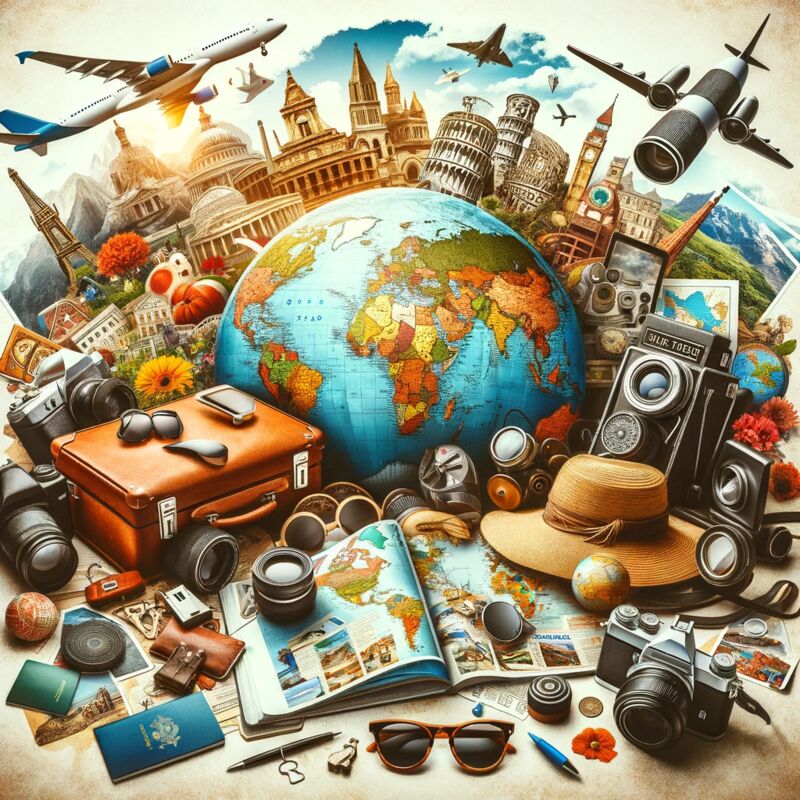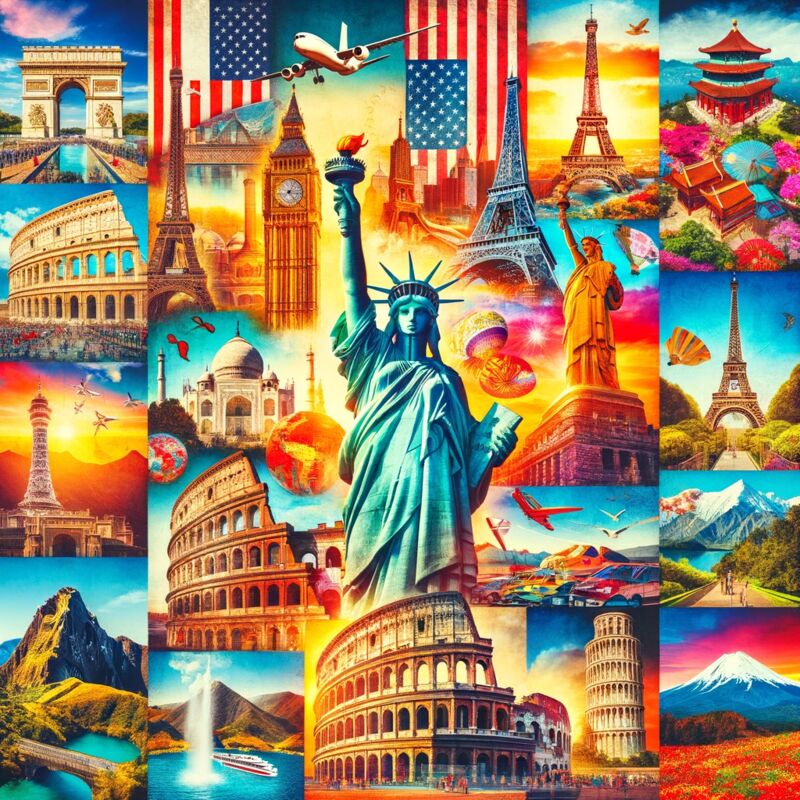The Cultural Tapestry of Cuba
Embarking on a journey through Cuba is like stepping into a vibrant mosaic of cultures, where each tile represents a unique story of history, tradition, and rhythm. With a heritage enriched by Spanish, African, and Caribbean influences, the island offers an intoxicating blend of music, dance, art, and culinary delights that beckon travelers to dive deep into its local way of life.
Music and Dance: The Heartbeat of Cuba
No Cuban experience is complete without the pulsating beats of Son Cubano, the precursor to salsa that combines Spanish guitar with African rhythms. As you wander the cobbled streets, the sound of live bands spills from colonial plazas, inviting you to sway to the rumba, cha-cha-cha, and timba.
Dance is not just an art form but a staple of Cuban social life. Immerse yourself in La Habana Vieja (Old Havana), where dance schools teach the essence of movement in Cuban culture. Here, the danza is more than a series of steps; it is a story told through the body, a celebration of freedom and identity.
Culinary Traditions: A Feast for the Senses
Cuban cuisine reflects the island's melange of cultural influences. The staple diet consists largely of rice and beans, plantains, and pork, slow-cooked to perfection. Street vendors selling cubanos (Cuban sandwiches) and ropa vieja (shredded beef) are a testament to the country's rich food tradition.
- Arroz con pollo (chicken and rice)
- Moros y cristianos (black beans and rice)
- Yuca con mojo (cassava with garlic sauce)
The zest of this island's cuisine is best captured by the piquancy of mojo sauce – a delightful blend of garlic, lime, and spices. Pair your meal with a refreshing mojito or a robust Cuban coffee, and you've tasted the soul of Cuba.
Spiritual Beliefs: The Intangible Essence
Cultural heritage in Cuba extends into the realm of spirituality, with a remarkable fusion of Catholicism and Afro-Cuban religions such as Santería. This syncretic faith is embraced widely, with its Orishas (deities) honored in vibrant rituals that combine dance, chants, and the sacred batá drums. Santería is not merely a religion; it's a cornerstone of Cuban identity, a source of strength and resilience.
Festivals and Celebrations: A Riot of Color and Joy
“Cuba is a country of celebration. Festivals are the mirrors reflecting the very soul of our people.”
Among the most captivating spectacles are the Cuban festivals, colorful eruptions of life and legacy. The streets become stages for the famous Carnival of Santiago de Cuba, with parades of elaborate costumes and uninhibited conga dances. Noteworthy are the Fiesta del Fuego and the Havana Jazz Festival, each a testimony to Cuba's insatiable appetite for joyous expression.
- Fiesta de la Candelaria
- Havana Film Festival
- International Ballet Festival of Havana
Arts and Literature: A Journey of Imagination
Cuba's art scene is an effervescent display of talent and creativity. Havana's Museo Nacional de Bellas Artes showcases masterpieces spanning centuries, while street artists in Callesjón de Hamel spill their vibrant imaginations onto walls as urban canvases.
Literature is equally esteemed, with authors like Alejo Carpentier and José Martí shaping the nation's literary landscape. Their works not only reflect the struggles and triumphs of the Cuban people but also breathe life into the island's majestic scenery and resilient spirit.
Learn and Immerse: Engaging with Local Customs
An authentic connection with Cuba's culture means engaging with the locals. Here, amidst the conviviality of the paladares (privately owned restaurants) and the intimate hugs of the casa particulares (local B&Bs), lies the true essence of Cuban hospitality. Embrace the opportunity to converse with the friendly cubanos, play a spirited game of dominoes in the park, or even partake in a traditional cafecito (coffee ritual) – these are the moments that map the soul of Cuba.
Tips for Travelers
- Learn some basic Spanish to enhance your interactions with locals.
- Participate in cultural workshops or local tours for a hands-on experience.
- Respect religious and community traditions - observe, don't intrude.
Embarking on the Cuban Voyage
From the rhythmic strides of dancers to the heartfelt melodies of street musicians, the traditions and heritage of Cuba whisper a tale of diversity and passion. As you leave the shores of the familiar and sail into the warm embrace of this spirited island, you carry home much more than souvenirs – you become a keeper of stories, a traveler forever enchanted by the magic that is Cuba.







